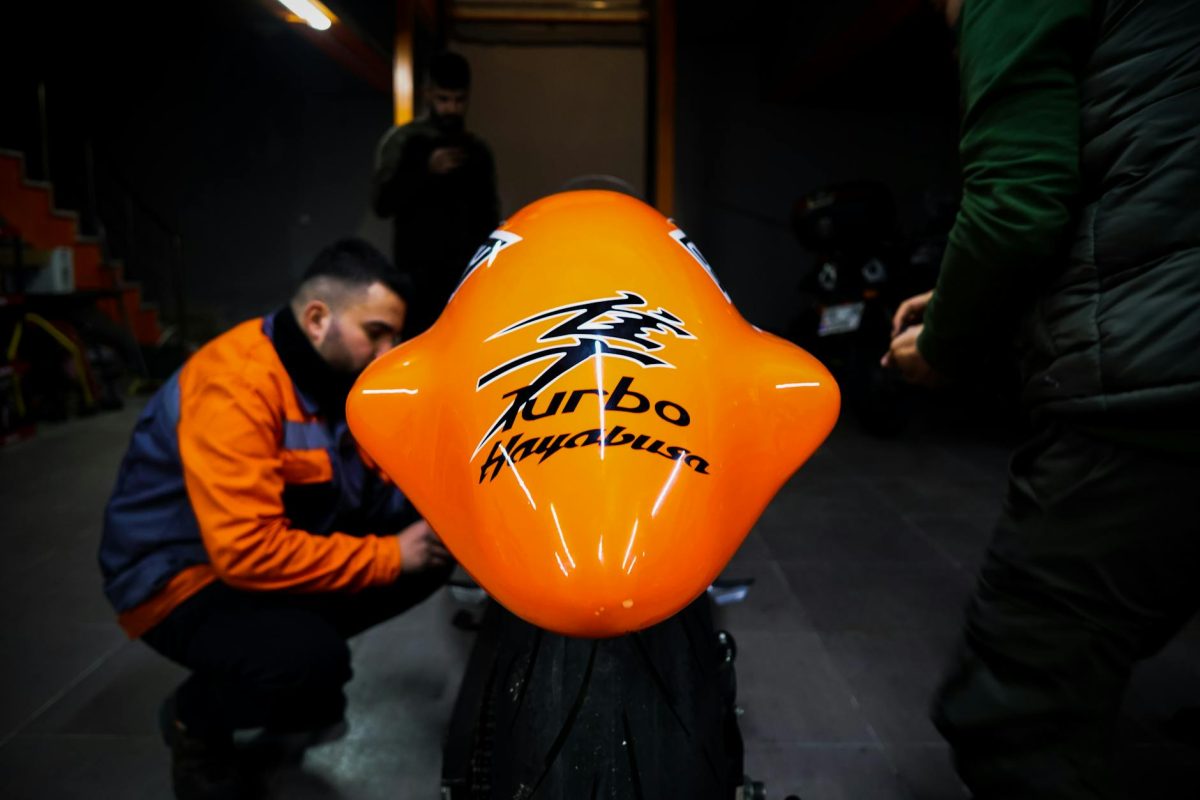Cycling is a popular and enjoyable activity for people of all ages. Whether you cycle for leisure, fitness, or as a mode of transportation, ensuring the safety of your bike is essential. One of the most critical aspects of bike safety is proper brake maintenance. Neglecting your bike’s brakes can lead to accidents and injuries, so it’s crucial to regularly check and service them. In this article, we will discuss effortless tips for maintaining your bike brakes to ensure a safe and smooth riding experience.
Importance of Bike Brake Maintenance
Properly functioning brakes are vital for your safety while cycling. Good brakes give you confidence to ride at various speeds, knowing you can stop when needed. Neglecting brake maintenance can lead to reduced braking power, squeaky or noisy brakes, and even brake failure. Regular maintenance not only ensures your safety but also prolongs the lifespan of your bike’s braking system.
Inspecting Your Brakes Regularly
The first step in maintaining your bike brakes is to inspect them regularly. Start by checking the brake pads for wear. Worn brake pads can reduce braking efficiency and damage your rims. If the pads are less than 3mm thick, they need to be replaced. Also, inspect the brake cables for any fraying or damage. Ensure the cables are properly tensioned and that the brakes engage smoothly.
Cleaning Your Brakes
Dirt and grime can accumulate on your brakes over time, affecting their performance. Regularly clean your brakes with a soft brush or cloth to remove any debris. Avoid using harsh chemicals that can damage the brake pads or braking surfaces. Keeping your brakes clean will ensure optimal performance and increase their longevity.
Adjusting Brake Tension
Proper brake tension is essential for effective braking. If your brakes feel spongy or don’t engage quickly, you may need to adjust the tension. Most modern bikes have adjustable brake levers that allow you to fine-tune the tension. Make small adjustments and test the brakes to ensure they respond promptly without rubbing against the rims.
Lubricating Your Brake System
Lubricating the moving parts of your brake system is crucial for smooth operation. Apply a small amount of lubricant to pivot points, springs, and cables to prevent rust and corrosion. Avoid getting lubricant on the brake pads or braking surfaces, as it can reduce braking efficiency. Regular lubrication will keep your brakes working smoothly and extend their lifespan.
Seek Professional Help When Needed
While performing regular maintenance on your bike brakes is important, some tasks are best left to professionals. If you’re unsure about how to adjust or replace brake components, it’s advisable to take your bike to a qualified mechanic. Professional bike maintenance ensures that your brakes are properly serviced and in optimal working condition.
Conclusion
Maintaining your bike brakes doesn’t have to be complicated or time-consuming. By following these effortless tips, you can ensure your safety while cycling and prolong the life of your braking system. Regular inspection, cleaning, adjusting, and lubricating are key aspects of proper brake maintenance. Remember that well-maintained brakes not only keep you safe but also enhance your riding experience. So, take care of your bike brakes, and enjoy a smooth and worry-free ride every time!


